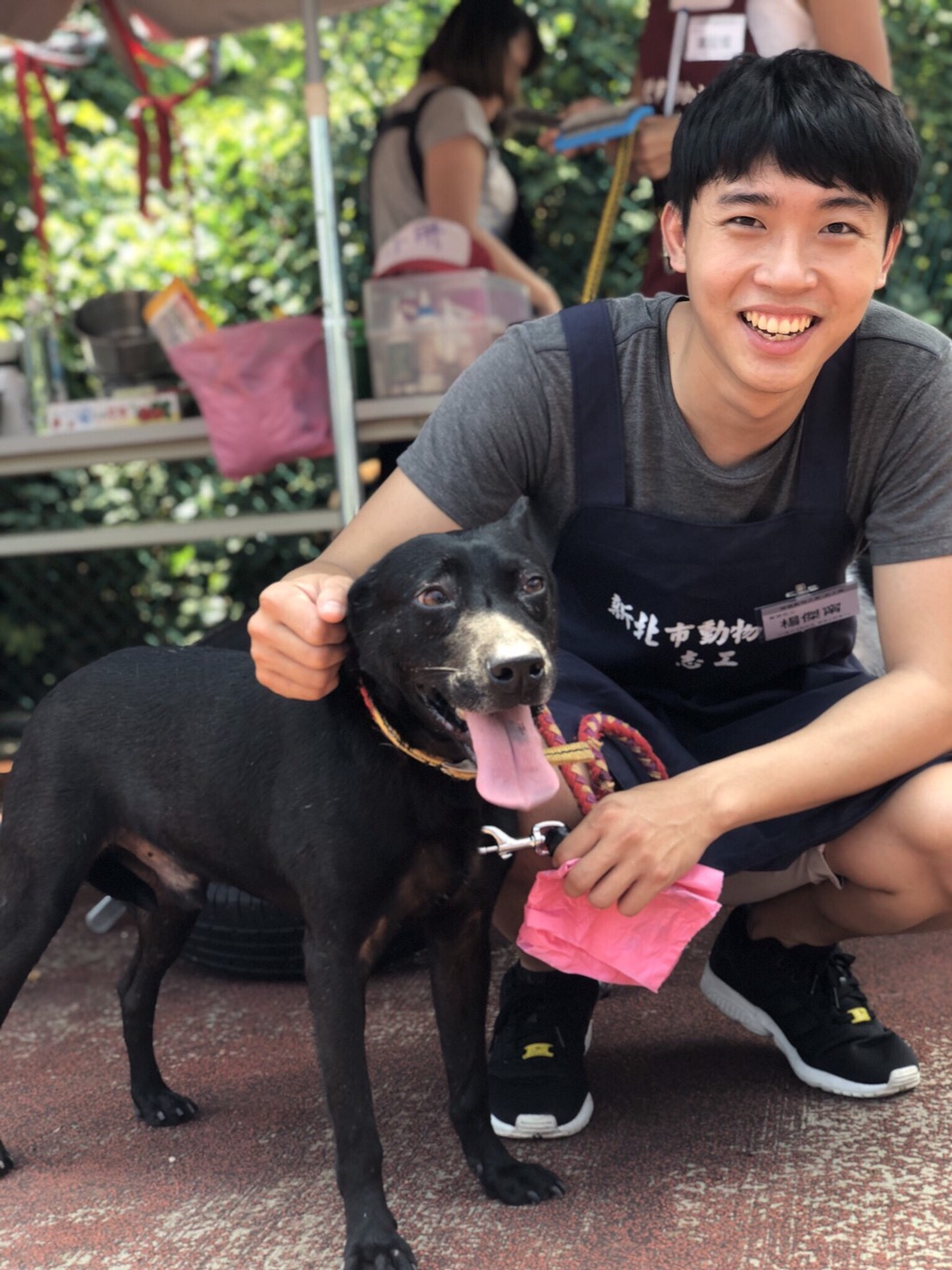simple_form 使用兩個model
目標: 在 view 中使用兩個 model
首先在model 先套上
accepts_nested_attributes_for只限於one_to_one or one_to_manyclass Product < ApplicationRecord has_many :sizes accepts_nested_attributes_for :sizes,allow_destroy: true, reject_if: :all_blank end
用 accepts_nested_attributes_for Nested Model 順帶編輯跟新增
在這使用
accepts_nested_attributes_for可以透過params來新增或修改sizes
allow_destroy:是否刪除聯繫對象,默認 false
reject_if:表示說在什麼條件下,就當做沒有要真的動作,例如:all_blank就表示如果資料都是空的,就不建立sizes資料(當然也就不會檢查sizes的驗證了)。accepts_nested_attributes_for 另外還有兩個參數可以使用
limit:has_many關係時起作用,能處理的關聯對象的最大數量。接受Proc,Symbol和數字,proc和symbol關聯的方法需要返回數字。
update_only:has_one關係時起作用,是否更新關聯對象,默認設置為false。設置為true時,不管參數中是否有id,都更新關聯對象
def new
@product = Product.new
@product.sizes.build
end
def create
@product = Product.new(product_params)
@product.user = current_user
@product.save!
end
def product_params
params.require(:product).permit(:name, :description, :price, :image,:category_id, sizes_attributes: [:s,:m,:l])
end
build適合用在建立關聯式創建時使用
build 與 new其實非常相像不同之處在於build會幫你自動建立sizes
<%= simple_form_for @product do |f| %>
<div class="form-group">
<%= f.input :name, label: "name" ,required: false,label_html: { class: 'control-label' },wrapper_html: { class: 'label-floating' }%>
</div>
// 庫存量 使用 accepts_nested_attributes_for
<div class="size-quantity">
<%= f.simple_fields_for :sizes do |p| %>
<%= p.input :s, label: "S 號" ,required: false,label_html: { class: 'control-label' }, wrapper_html: { class: 'label-floating' }%>
<% end %>
</div>
<div class="form-actions">
<%= button_tag name: "send",type: 'submit',class: "btn submit-button",data: { disable_with: "Submit..." } do %>
Submit <i class="material-icons right">send</i>
<% end %>
</div>
<% end %>
